Gardening: Taking Care of Visiting Birds
Cary, NC – It’s cold outside and you’re feeling friendly to the birds. What can you do at this time of year to make friends with the birds in your neighborhood and give them an extra boost in tough times? It’s still not too late to begin!
How To Attract Birds
If you want to attract birds to your home, there are three critical ingredients to success: food, water and cover. Fulfill any one of these and birds will probably visit. Fulfill all three and you could be the birding hot spot on the street! And you can provide a very satisfactory bird hot spot from the smallest of properties: even an apartment patio!
Food
Food choices can be as easy or involved as you like. To appeal to the most species of birds, I recommend offering black oil sunflower seed and suet. Inexpensive feeders are easy to find wherever bird supplies are sold, including garden centers or bird specialty stores. Be sure whichever feeders you choose can be easily cleaned. Both seed and suet are readily available as well.
I suggest avoiding seed mixes. You’ll have less waste seed that birds reject and less of a risk of odd things sprouting in your yard in the spring. Sunflower seed is readily accepted by popular songbird species such as Northern Cardinals, Carolina Chickadees, Tufted Titmice and American Goldfinches. Suet is incredibly popular in winter with birds ranging from Eastern Bluebirds and Carolina Wrens to the White Breasted and Brown Nuthatches.
Water
A water supply is also critical. Birds need water every bit as much as we do. A shallow bird bath is a good way to serve needs in any season. Either one on a pedestal or on the ground will work fine, although some birds prefer only one kind.
Be sure the bath is shallow and not too slick. Concrete or unpolished stone will work best. You may also want to invest in a bird bath heater or deicer to keep water liquid during freezing days. They are inexpensive and carried by outlets such as Wild Bird Unlimited.
Cover
Lastly, think about cover. Birds will be reluctant to visit even well-stocked feeders if they risk being attacked by predators. If you have trees or shrubs, placing feeders within four or five feet of them will help enormously. If not, place feeders away from the most open and exposed places.
Once you put up a feeder, please be patient. It takes time for birds to learn about your new food resource and add it to their daily itinerary. It may be two or three weeks before you get results.
Other Advice
One last thought: choose to extend your home’s attractiveness to birds into the warm months. You’ll improve results over time by planting bird-friendly trees and wildflowers, using pesticides sparingly (if at all) and being consistent about keeping feeders stocked and bird baths clean and full.
Don’t take feeders down when spring arrives: your new friends will appreciate the extra food choices to feed their hungry young!
Good luck and happy birdfeeding!
Story and photos by David Lindquist.

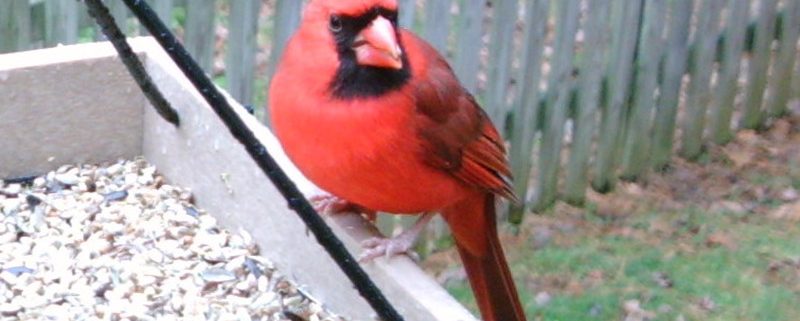
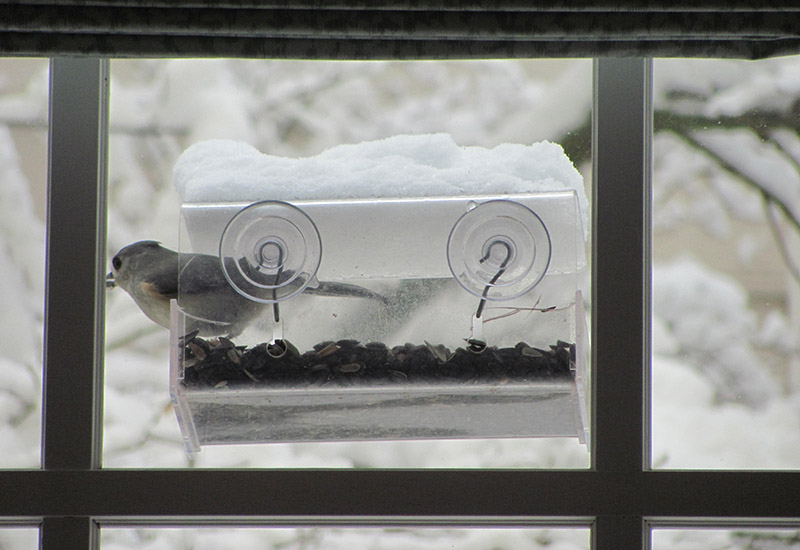

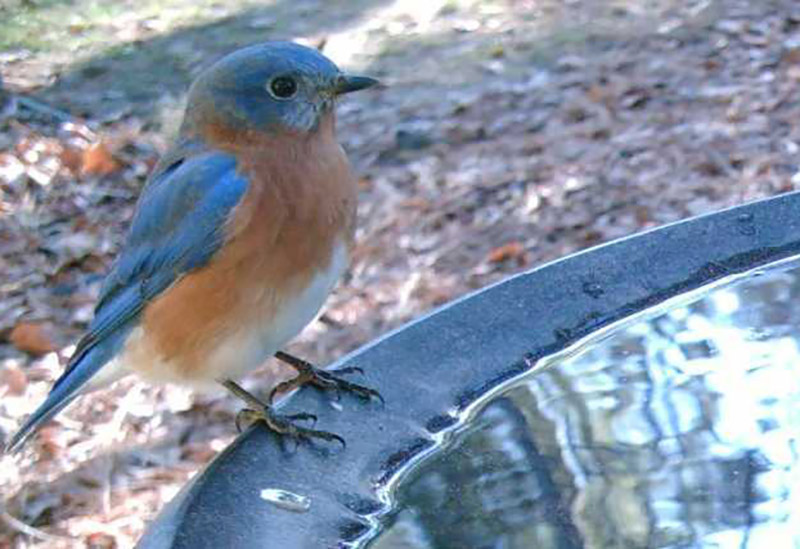
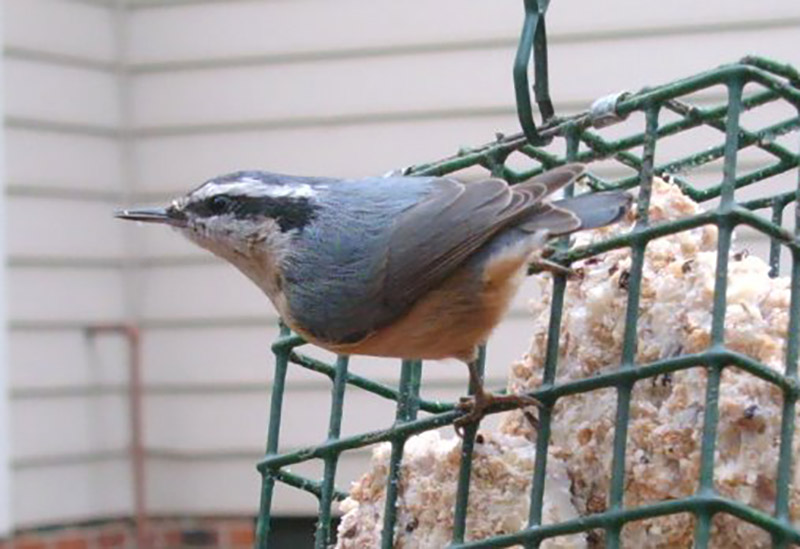
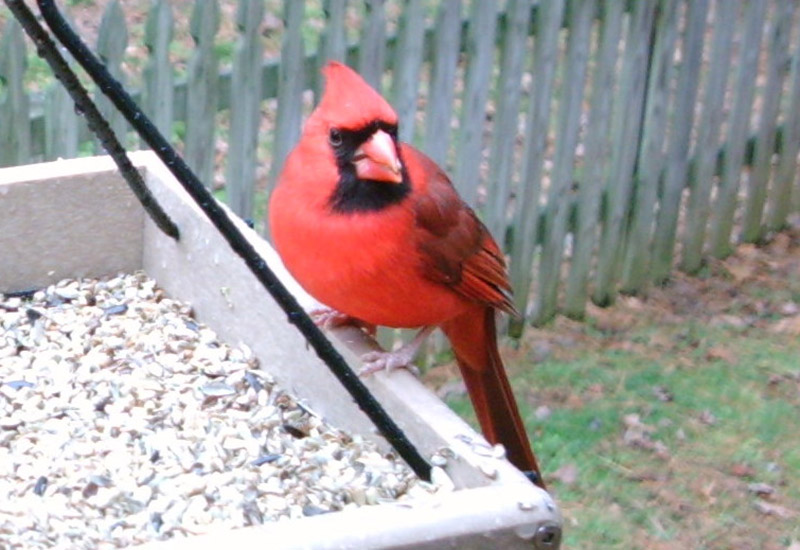


Hi I love to see the birds,in my yard.it makes me feel something special in side, like God sends them my way!! Specially the red birds,if the Lord made them so beautiful,how much more does he loves us?